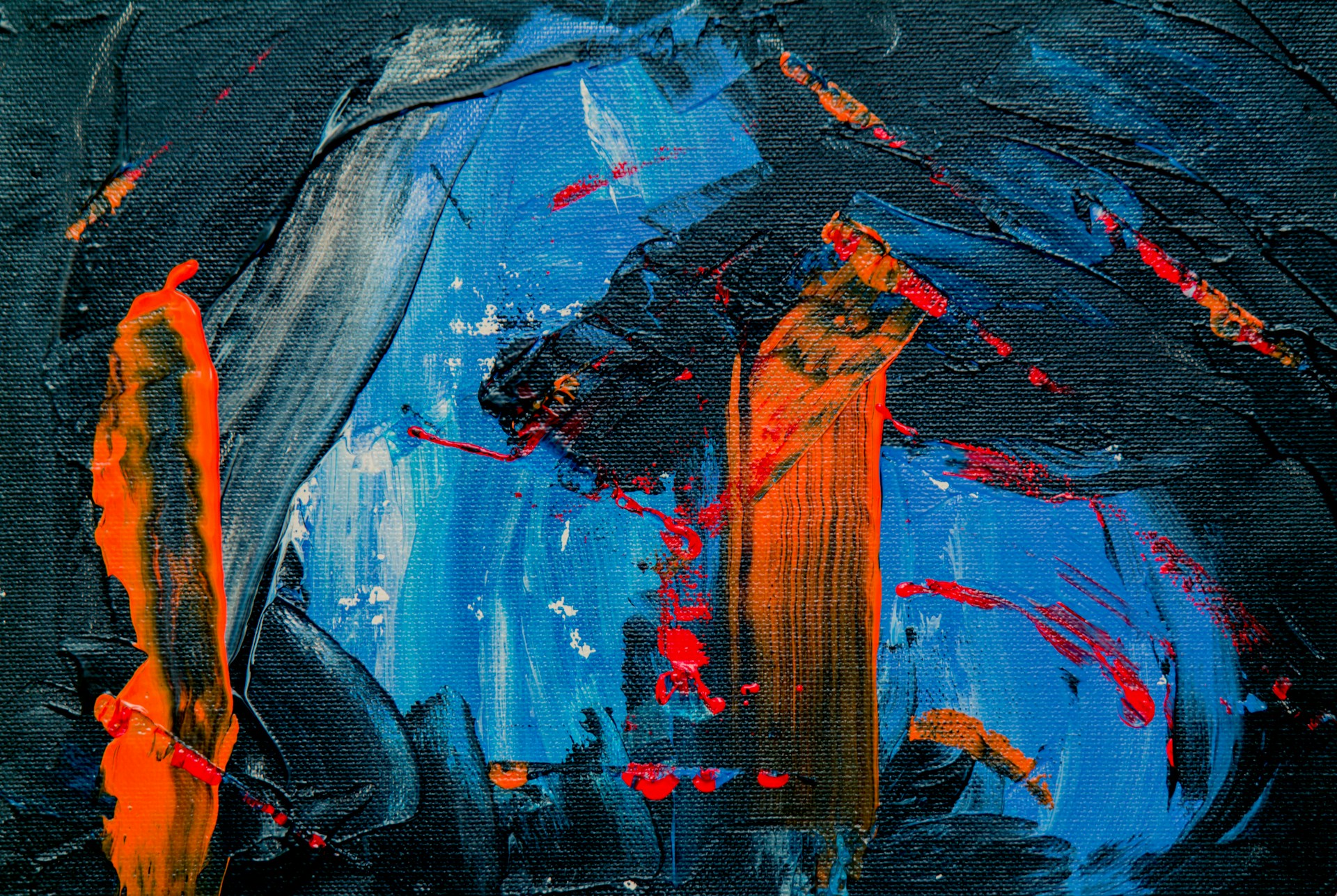He painted with his eyes closed: The Metropolitan Museum of Art in New York is currently hosting the largest Caspar David Friedrich exhibition ever seen in the United States. But what does this German painter have to say to Americans?
During the opening speech of this grand exhibition, Max Hollein, the director of the Metropolitan Museum, made a humorous observation. He noted that while Germans might never tire of their beloved painter, they now have a chance to see his works again—this time on Fifth Avenue. Hollein added that since Germany is celebrating Friedrich’s 250th birthday, there’s no reason why America shouldn’t celebrate his 251st.
At the exhibition’s opening, titled Caspar David Friedrich: The Soul of Nature, German was the dominant language. The event seemed to attract a gathering of Germans, Austrians, and Swiss expatriates, all eager to revisit familiar masterpieces. Strolling through the gallery, visitors might have found themselves greeting old friends: Monk by the Sea, Wanderer Above the Sea of Fog, Three Angels in the Church Ruins. After just a three-month absence, their reappearance felt like an eternity had passed.
Germany’s ambassador was also in attendance, and in his speech, he suggested that the exhibition could strengthen German-American relations. However, this claim invites skepticism—after all, the current U.S. administration does not seem particularly devoted to the arts.
In truth, Caspar David Friedrich is virtually unknown in America. Even among art enthusiasts, his works remain largely unfamiliar. Only five of his paintings are held in U.S. museum collections, a stark contrast to the overwhelming presence of Cézannes, van Goghs, and Monets scattered throughout American institutions. This exhibition presents a rare opportunity for Americans to discover Friedrich’s art—but what exactly are they discovering?
Max Hollein suggested that the connection might lie in the origins of American painting, which focused heavily on landscapes. Friedrich, after all, is regarded as Germany’s greatest landscape painter. However, as visitors move through the exhibition, it becomes evident just how little his work has in common with traditional landscape art. In fact, a radical thought might even cross one’s mind—perhaps Friedrich never painted a single true landscape in his entire life.
This idea is humorously reinforced by his monumental painting of the Watzmann mountain. Friedrich never actually visited the Watzmann; instead, he borrowed imagery from other painters, enlarged it, and inserted it as a dramatic backdrop for a completely different setting. Similarly, the landscape in Wanderer Above the Sea of Fog is a patchwork of elements taken from various sources. Even when depicting Greifswald, his hometown, Friedrich did not simply reproduce what he saw—he transformed his surroundings into deeply symbolic, almost dreamlike visions. In essence, he painted with his eyes closed.
Nineteenth-century American landscape painters, on the other hand, took the opposite approach. Their works are filled with wide-eyed wonder, awe, and reverence for the natural beauty of the New World. Just a few rooms away from Friedrich’s exhibit, the Metropolitan Museum displays View from Mount Holyoke by Thomas Cole. This painting captures the dramatic aftermath of a storm: dark clouds retreat, revealing a winding river carving through the valley below. Cole would never have painted this scene had he not witnessed it with his own eyes.
This fundamental difference in perspective raises an intriguing question: Can Friedrich’s dreamlike, introspective visions resonate with American audiences, whose artistic traditions have long been rooted in direct observation? The answer may unfold as more visitors step into his world—one where landscapes exist not as mere representations of nature, but as reflections of the soul.


